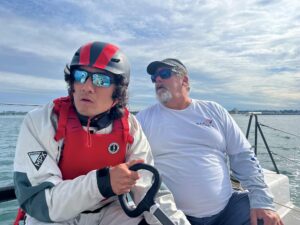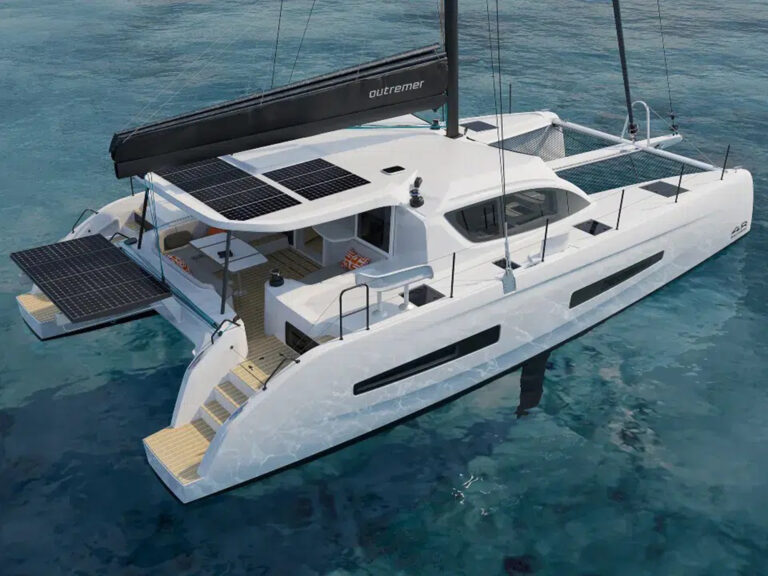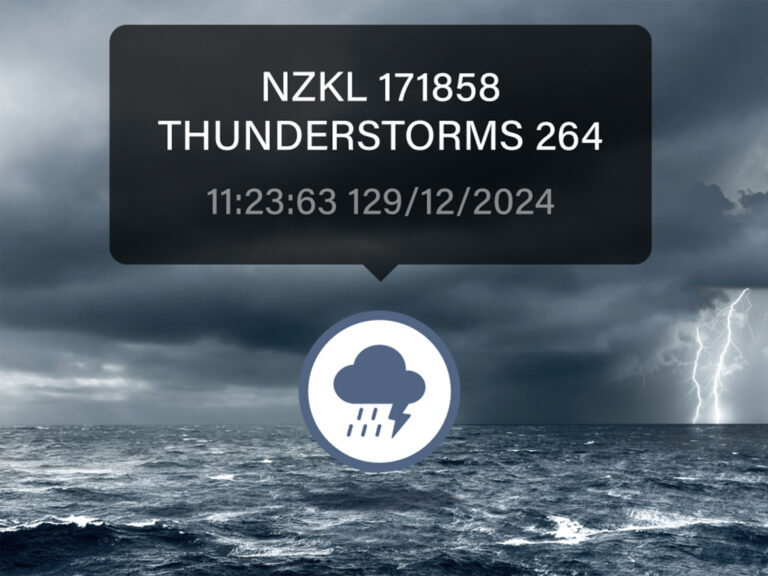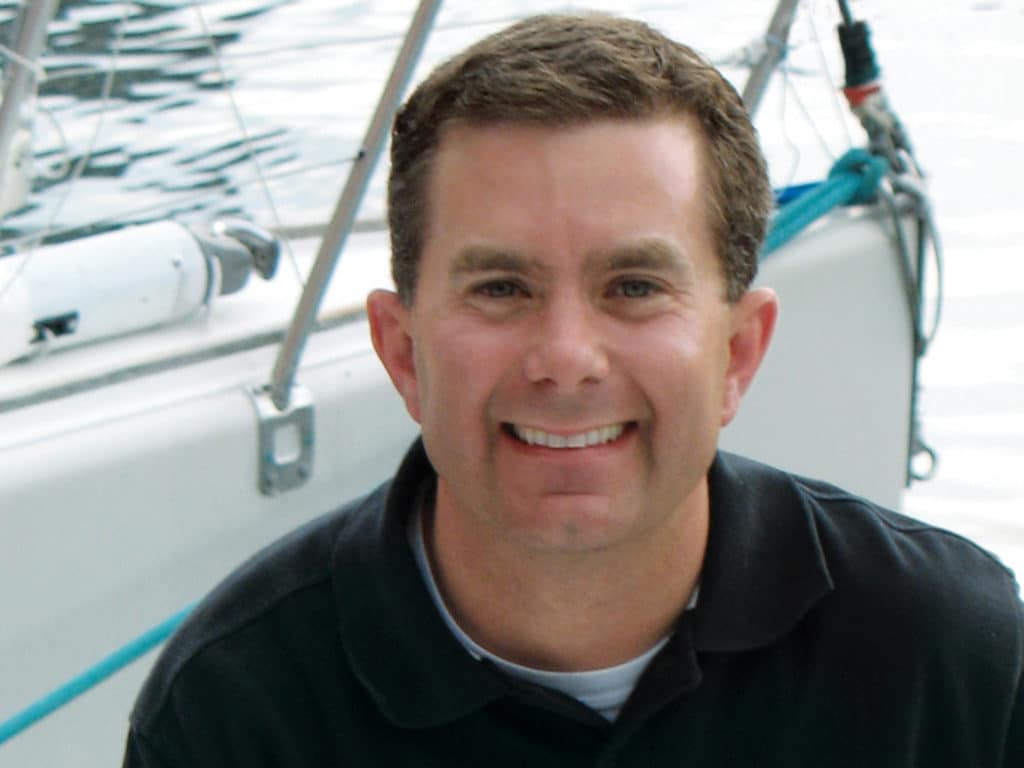
As the coronavirus continues to change and reshape the world as we know it, Cruising World is reaching out to contributors, our partners in the marine industry, and other sailors to get their take on where they are and how they’re doing. We’re asking five questions to each of them, and in this installment, we’re checking in on Bill Goggins, CEO of Harken.
1. How is Harken weathering the coronavirus crisis, is the factory open, are products shipping, is Pewaukee, Wisconsin, a good place to be right now?
Harken is always a good place to be and a great place to call home. Why now in particular? We have a community that is closely looking out for each other.
Harken is fully operational in the USA and classified as an “essential business.” That allows us to stay open because we have a lot of manufacturing focused on critical components for the national power grid, defense and healthcare. You didn’t know we did more than just sailing, did you!
We have a production model where we’re running two fully segregated shifts with early and late teams to prepare for the occasion if a teammate would test positive and we could continue to operate.
Harken’s diversification strategy—we’ve been working on it since 2010—will help us weather downturns in sailing demand, which can come in times like this. We have developed industrial applications in rope access and rescue and commercial marine, arborist and other categories. And we’ve bought some companies in those spaces to augment our design and hardware building with training, consulting and distribution.
Another example of why Pewaukee is a great place to be: My lifelong friend and E Scow partner Bill Lieber is an ER doctor working on the COVID response team at our local hospital. (You can see Bill (Lieber) trimming jib up front in the photo of our E Scow.) He and his amazing wife, Deb, have four kids and they line up with the four Goggins kids in age. They spend all summer together growing up on the waters of Pewaukee Lake.
Last week, Bill tested positive. Never have I seen more emotional and practical support than from Pewaukee, our home lake community, and never have I seen more heroism than I have from him and his wife.
Our boat name and family team name is Ohana, which means “extended family.” In times like these, having our extended Ohana family brings hope, strength and laughter and love—tools for survival.
Bill has inspired me to repurpose our canvas department to go into the short-term surgical mask business pro-bono. We are partnering with the local hospital network and Allen Edmonds Shoe Company to produce hundreds of thousands of masks to be donated to our local healthcare provider heroes. We have access to surgical mask material that is being donated; it’s a remarkable project.
2. What do you see in terms of hardware demand from the builders? Is demand up or down across the board, and are some locations more affected than others?
The demand that we’ll see coming out of this shutdown is anything but clear in these early days. I think we can all see that things are going to be challenging. We went into this with some very strong order numbers from the biggest OEM’s and expect much of that to rebound but over time. Some other OEMs are shifting some demand to Harken, due to our stability in being able to stay open and keep product flowing for them.
We’re still seeing strength in large custom builds because those projects have such long time horizons that if they’re in process, they often go to completion, and some of the custom yards have found ways to stay open, especially in Northern Europe. Those are small pockets of positive news.
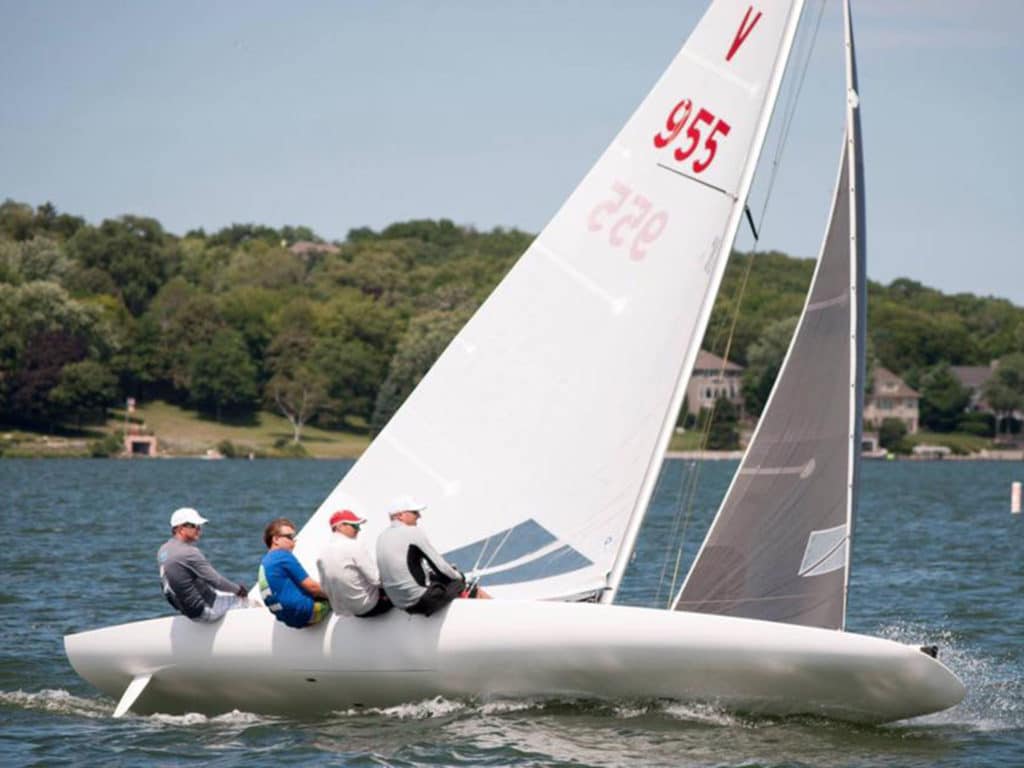
3. As spring unfolds, what are the products that are in greatest demand by the DIY crowd, and what level of activity are you seeing?
We have evidence (though we haven’t done a poll) that sailors appear to be willing to take on projects that require more time than they might have been in previous years. Maybe that’s because they have more time? Whatever the reason, we’ve seen increased interest in the traveler area. Yes, traveler projects look daunting because there often appears to be so many bolts to remove. So, people let them go too long. But travelers are critical to a boat’s performance and safe operation—really too important to ignore. We’re pleased to see that our boxed traveler kits seem to be gaining increased traction with sailors. We’re in the third year with them; sometimes it takes time for people to notice a product, or for our trade partners to be convinced enough to stock it. Whatever the reason, we’re seeing more activity in this area.
We also see healthy activity in e-commerce. That’s natural, just with so many people staying close to home and left to their own devices with their wireless devices!
4. What are the new projects that Harken is most excited about. I’m thinking of projects like the America’s Cup, high-end builds, unique requests, etc.?
The America’s Cup is always exciting, and Harken is represented throughout the fleet. This Cup cycle is particularly interesting as there is a new rule to which the teams are building and that always results in requests for lots of custom solutions. This time, it seems like very fast adjustments to the sail plan will be more critical than ever to keep the boats up on their foils and sailing through ever-smaller ranges of ride height. Teams are trying to facilitate these adjustments in lots of ways: with twist and with really rapid adjustments to the travelers. It’s neat to see how the performance of something as traditional as the traveler is still so critical in these amazing boats. We’re really working to maximize the speed, strength and consistency of all aspects of our designs there.
Then, I think we’re pretty interested in the cable-less generation of code sails and the transition of that technology into triangular headsails. We’re pretty interested in the reduction of loads to sprits and furling equipment that technology is bringing about. We’re interested because it makes a product we sell, our Reflex furling line, relevant for many more rigging applications than we really even designed it for. Reflex was designed for non-grand prix sailors, people who were using their asymmetrical downwind sails less than they would have liked. The system was designed to be very low friction, and to work well manually for all size and strength ranges. It frankly wasn’t built for conventional code zeros. Now with halyard loads being reduced by 40 to 50 percent or more with the load sharing code zeros, Reflex is a candidate. And, when someone selects one, they get Reflex’s efficiency as a bonus. It unfurls in light air really easily, where as the units people might have selected for their code zeros need to be unwound with lots of sheet tension.
5. Do you have any advice for the cruising sailor on one piece of Harken gear that’s most improved, or that would make the biggest upgrade on their boat this year?
I would tell them that this answer is true in any environment: There is no single product a cruising sailor can add that can add as much safety as a Harken BattCar system. Now our new slug track systems make converting a mast with a luff groove extrusion a realistic DIY project—even with the mast up. There is a video of this on our Harken YouTube channel.




